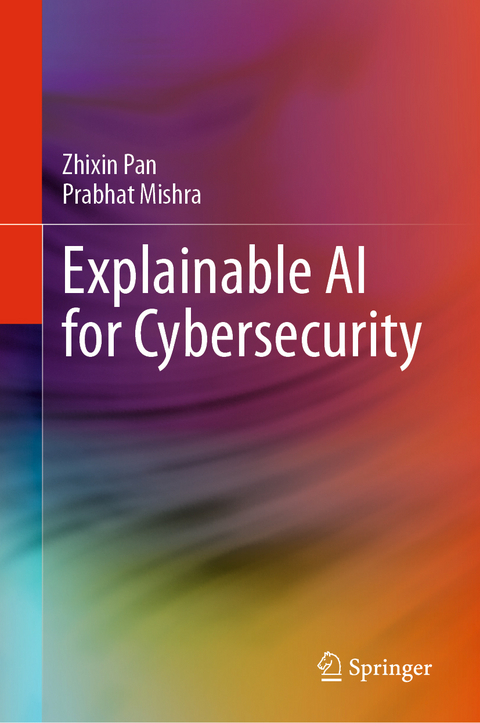
Explainable AI for Cybersecurity
Springer International Publishing (Verlag)
978-3-031-46478-2 (ISBN)
lt;p>Zhixin Pan is a postdoctoral researcher in the Department of Computer & Information Science & Engineering at the University of Florida. He received his Ph.D. in Computer Science in the Department of Computer & Information Science & Engineering at the University of Florida in 2022. He received his B.E. in the Department of Software Engineering from Huazhong University of Science & Technology, Wuhan, China in 2015. His area of research includes cybersecurity, post-silicon debug, quantum computing, and machine learning. He has published 4 journal articles and 11 conference papers in premier international journals and conferences. His research has been recognized by several awards including the Best Paper Nomination at Asia and South Pacific Design Automation Conference (ASPDAC), 2023.
Prabhat Mishra is a Professor in the Department of Computer and Information Science and Engineering and a UF Research Foundation Professor at the University of Florida. He received his Ph.D. in Computer Science from the University of California at Irvine in 2004. His research interests include embedded and cyber-physical systems, hardware security and trust, computer architecture, energy-aware computing, formal verification, system-on-chip validation, machine learning, and quantum computing. He has published 8 books, 35 book chapters, and more than 200 research articles in premier international journals and conferences. His research has been recognized by several awards including the NSF CAREER Award, IBM Faculty Award, three best paper awards, eleven best paper nominations, and EDAA Outstanding Dissertation Award. He is a Fellow of the Institute of Electrical and Electronics Engineers (IEEE), a Fellow of the American Association for the Advancement of Science (AAAS), and an ACM Distinguished Scientist.
Part 1: Introduction.- Chapter 1. Cybersecurity Landscape for Computer Systems.- Chapter 2. Explainable Artificial Intelligence.- Part 2: Detection of Software Vulnerabilities.- Chapter 3. Malware Detection using Explainable AI.- Chapter 4. Spectre and Meltdown Detection using Explainable AI.- Part 3: Detection of Hardware Vulnerabilities.- Chapter 5. Hardware Trojan Detection using Reinforcement Learning.- Chapter 6. Hardware Trojan Detection using Side-Channel Analysis.- Chapter 7. Hardware Trojan Detection using Shapley Ensemble Boosting.- Part 4: Mitigation of AI Vulnerabilities.- Chapter 8. Mitigation of Adversarial Machine Learning.- Chapter 9. AI Trojan Attacks and Countermeasures.- Part 5: Acceleration of Explainable AI.- Chapter 10. Hardware Acceleration of Explainable AI.- Chapter 11. Explainable AI Acceleration using Tensor Processing Units.- Part 6: Conclusion.- Chapter 12. The Future of AI-Enabled Cybersecurity.
| Erscheinungsdatum | 14.12.2023 |
|---|---|
| Zusatzinfo | XVIII, 243 p. 113 illus., 106 illus. in color. |
| Verlagsort | Cham |
| Sprache | englisch |
| Maße | 155 x 235 mm |
| Gewicht | 553 g |
| Themenwelt | Informatik ► Theorie / Studium ► Künstliche Intelligenz / Robotik |
| Technik ► Elektrotechnik / Energietechnik | |
| Schlagworte | Adversarial Machine Learning • Explainable machine learning • hardware security • malware detection • Trustworthy systems |
| ISBN-10 | 3-031-46478-8 / 3031464788 |
| ISBN-13 | 978-3-031-46478-2 / 9783031464782 |
| Zustand | Neuware |
| Informationen gemäß Produktsicherheitsverordnung (GPSR) | |
| Haben Sie eine Frage zum Produkt? |
aus dem Bereich


